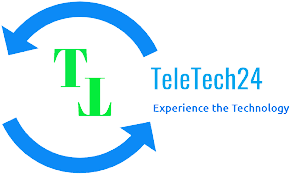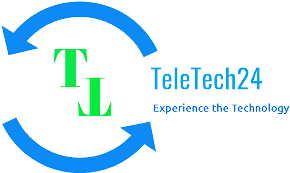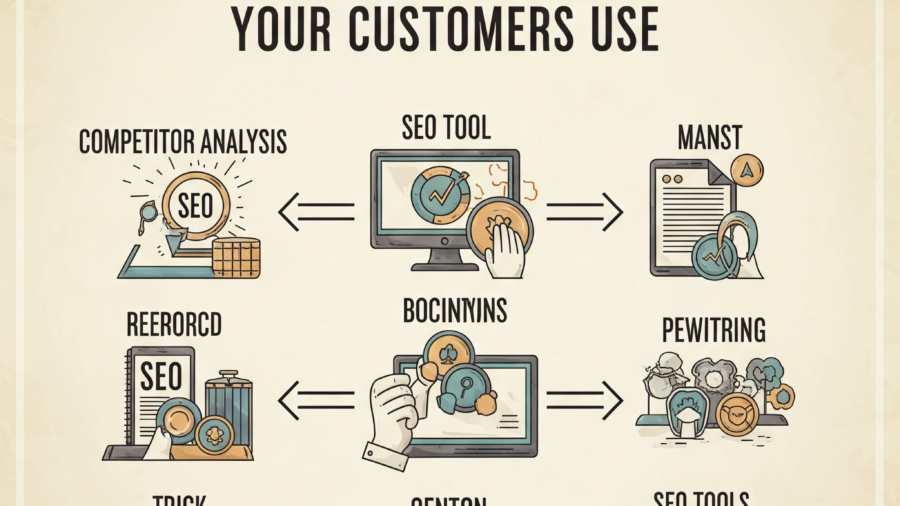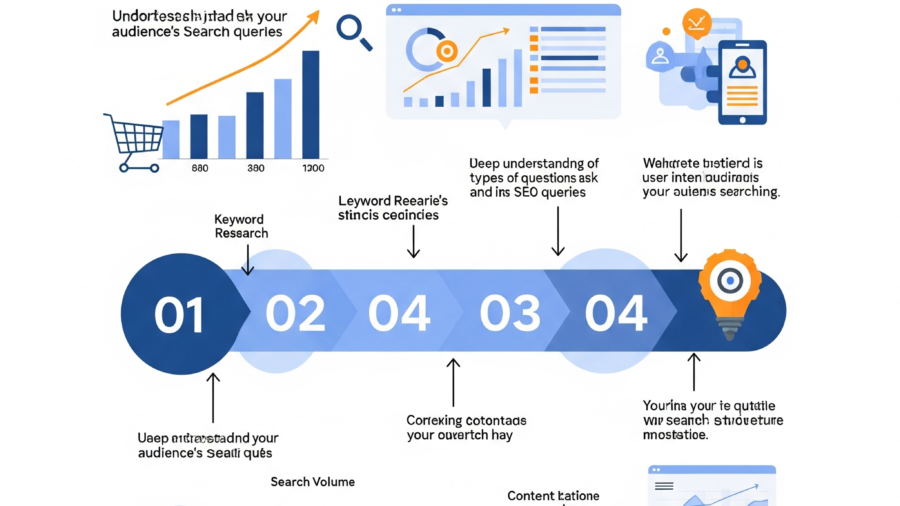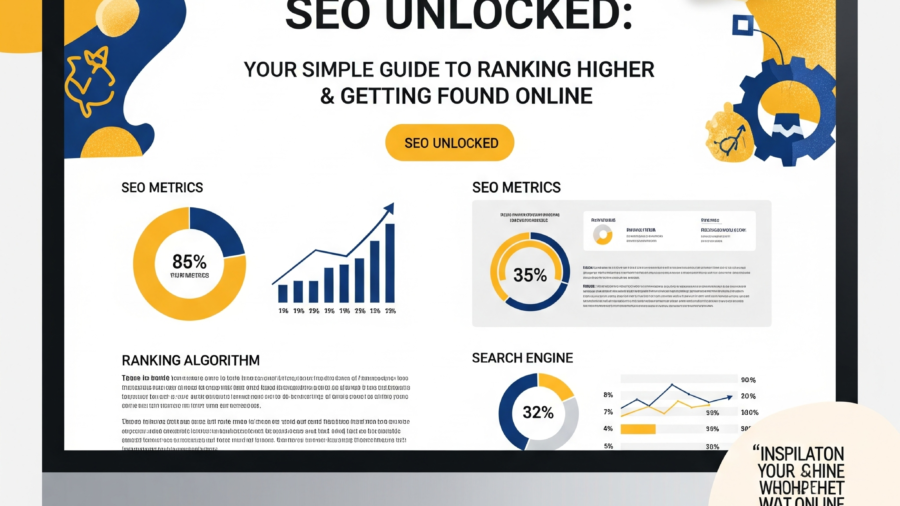Keyword Research: Finding the Words Your Customers Use
Now that you know who you’re talking to and why they’re searching, it’s time to figure out the exact words and phrases they type into search engines. This crucial process is called Keyword Research.
Think of keywords as the bridge between what your audience is searching for and the solutions you offer on your website. If you get this right, you’ll attract people who are genuinely interested in your products, services, or information. If you get it wrong, you might attract irrelevant traffic, or worse, no traffic at all.
What are Keywords?
In SEO, a keyword isn’t just a single word. It’s the term or phrase a user types into a search engine. They can be:
- Single words: tea, travel, car
- Short phrases (short-tail keywords): green tea, budget travel, electric car
- Longer phrases (long-tail keywords): best organic green tea for weight loss in India, affordable family travel packages from Delhi, cheapest electric car under 10 lakh
While single words have huge search volumes, they are incredibly competitive and often don’t show clear search intent. For instance, “tea” could mean someone is looking for tea history, tea farms, or a tea shop. Long-tail keywords, on the other hand, are less competitive and often reveal much clearer intent. Someone searching for “best organic green tea for weight loss in India” is much closer to making a purchase or seeking specific information you can provide.
Brainstorming Initial Ideas: Start with What You Know
Before you even touch a keyword tool, start with what you already know about your business and your customers. Grab a pen and paper or open a simple document and brainstorm:
- Your Products/Services: List everything you offer.
- Example: Ayurvedic hair oil, yoga classes in Mumbai, custom wedding invitations.
- Problems You Solve: Think about the challenges your customers face that your business addresses.
- Example: Hair fall solutions, stress relief, unique wedding decor ideas.
- Customer Questions: What questions do your customers (or potential customers) frequently ask you?
- Example: “How to use Ayurvedic oil for hair growth?”, “Are online yoga classes effective?”, “What’s the cost of wedding invitations in Delhi?”
- Synonyms & Related Terms: How else might people describe what you do or sell?
- Example: Hair care, meditation, marriage invites.
- Competitors: What words do your competitors seem to be ranking for? (Just for inspiration, don’t copy!)
Pro Tip: Talk to your sales team, customer support, or even existing customers. They often use the exact language your target audience uses.
Simple Keyword Research Tools: Finding the Data
Once you have your brainstormed list, it’s time to use some tools to expand your list and get actual data. You don’t need expensive software to start; there are some excellent free and affordable options.
- Google Keyword Planner (Free, with Google Ads account):
- How it works: This tool is primarily for advertisers, but it’s gold for SEO too. You’ll need a Google account (even if you don’t run ads).
- What it tells you:
- Average monthly searches: How many times people search for that keyword each month. This gives you an idea of its popularity.
- Competition (for ads): While this refers to ad competition, it can give you a rough idea of how competitive the SEO landscape might be.
- Related keywords: Google provides a wealth of similar ideas you might not have thought of.
- How to use it: Enter your brainstormed keywords, and Google will suggest more, along with their search volumes.
- Ubersuggest (Free basic version, paid advanced):
- How it works: A user-friendly tool by Neil Patel. The free version offers a good starting point.
- What it tells you: Similar to Keyword Planner, it shows search volume, SEO difficulty (how hard it might be to rank), and related keyword ideas.
- How to use it: Just type in a keyword, select your country (e.g., India), and explore the results.
- Google Search (and “People Also Ask” / “Related Searches”):
- How it works: The simplest, most direct way. Just start typing a query into Google’s search bar.
- What it tells you:
- Google Autocomplete: As you type, Google suggests completions. These are popular searches!
- “People Also Ask” (PAA) box: This box often appears in search results and shows common questions related to your query. These are excellent ideas for blog posts and FAQ sections.
- “Related Searches” at the bottom of the page: These are other popular queries related to your initial search.
- How to use it: Type in your brainstormed ideas and carefully observe the suggestions and related sections Google provides.
Example using Google Search:
Type “Ayurvedic hair oil” into Google:
- Autocomplete might suggest: Ayurvedic hair oil for hair growth, Ayurvedic hair oil brands, Ayurvedic hair oil benefits.
- “People Also Ask” might show: Which Ayurvedic oil is best for hair growth? How long does it take for Ayurvedic oil to work? Can I apply Ayurvedic oil daily?
- Related Searches might include: Best hair oil for hair fall, Bhringraj oil benefits, Dandruff solution Ayurvedic.
These provide immediate, relevant long-tail keyword ideas straight from Google!
Understanding Keyword Metrics: Simplified
When you use tools, you’ll see some numbers. Don’t get overwhelmed! Focus on these two key concepts initially:
- Search Volume: This tells you how many times a keyword is searched per month (on average).
- High volume: Lots of people are searching for it, but it’s usually very competitive.
- Low volume: Fewer people search, but it might be easier to rank for, especially for very specific (long-tail) needs.
- Competition/Difficulty: Tools try to estimate how hard it is to rank for a keyword.
- High difficulty: Many established websites are already ranking for it.
- Low difficulty: Fewer strong websites are targeting it, making it easier for you to break through.
Your Goal: Look for keywords with a decent amount of search volume (enough people are looking for it) and relatively lower competition. These are your “sweet spot” keywords, especially when you’re starting out.
Long-Tail Keywords: Your Secret Weapon
We briefly mentioned them, but let’s emphasize their importance. Long-tail keywords are longer, more specific phrases (typically three or more words).
- Short-tail: “coffee” (very broad, highly competitive)
- Long-tail: “best espresso coffee machine for home India” (very specific, less competitive, clear buying intent)
Why they are your secret weapon:
- Less Competitive: Fewer websites are targeting these exact phrases, making it easier for you to rank.
- Higher Conversion Rate: People searching for long-tail keywords are usually further along in their decision-making process. They know exactly what they want. For example, someone searching for “affordable yoga classes in Mumbai for beginners” is much more likely to sign up than someone just searching for “yoga.”
- Drives Niche Traffic: You attract highly relevant visitors who are looking for precisely what you offer.
Focus a good portion of your keyword research on identifying these valuable long-tail phrases.
Mapping Keywords to Your Website Pages
Once you have a list of promising keywords, the next critical step is to assign them to specific pages on your website. Each page on your website should ideally target one primary keyword and a few related secondary keywords.
- Don’t try to cram every keyword onto one page. This makes your content unfocused and hard for search engines to understand.
- Think about the search intent for each keyword.
- If the keyword is “buy organic honey online,” it should go on your product page for organic honey.
- If it’s “benefits of organic honey,” it belongs on a blog post.
- If it’s “how to store honey,” it might be an FAQ on your product page or another blog post.
Your Keyword Mapping Plan (Simple Table):
| Page URL (or Page Idea) | Primary Keyword | Secondary Keywords (Related) | Search Intent |
| /products/organic-honey | Buy organic honey online | organic honey India, pure honey for sale | Transactional |
| /blog/benefits-organic-honey | Benefits of organic honey | health benefits of honey, natural sweetener benefits | Informational |
| /services/seo-audits | SEO audit services Mumbai | website SEO check, local SEO audit India | Transactional/Comm. |
| /blog/how-to-start-a-blog | How to start a blog in India | best free blogging platforms, blogging tips for beginners | Informational |
This mapping helps you stay organized and ensures that your content strategy is directly tied to what people are searching for.
Keyword research is the foundation of all your SEO efforts. It’s not a one-time task; revisit it periodically as your business evolves and as search trends change. By understanding what your audience searches for, you’re taking the most important step towards getting found online.
